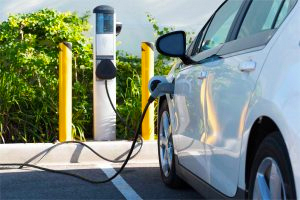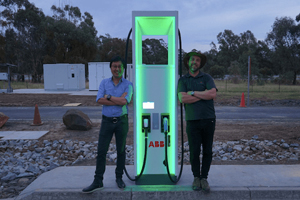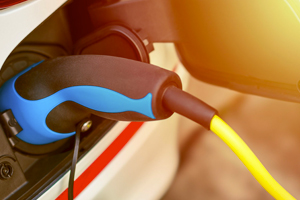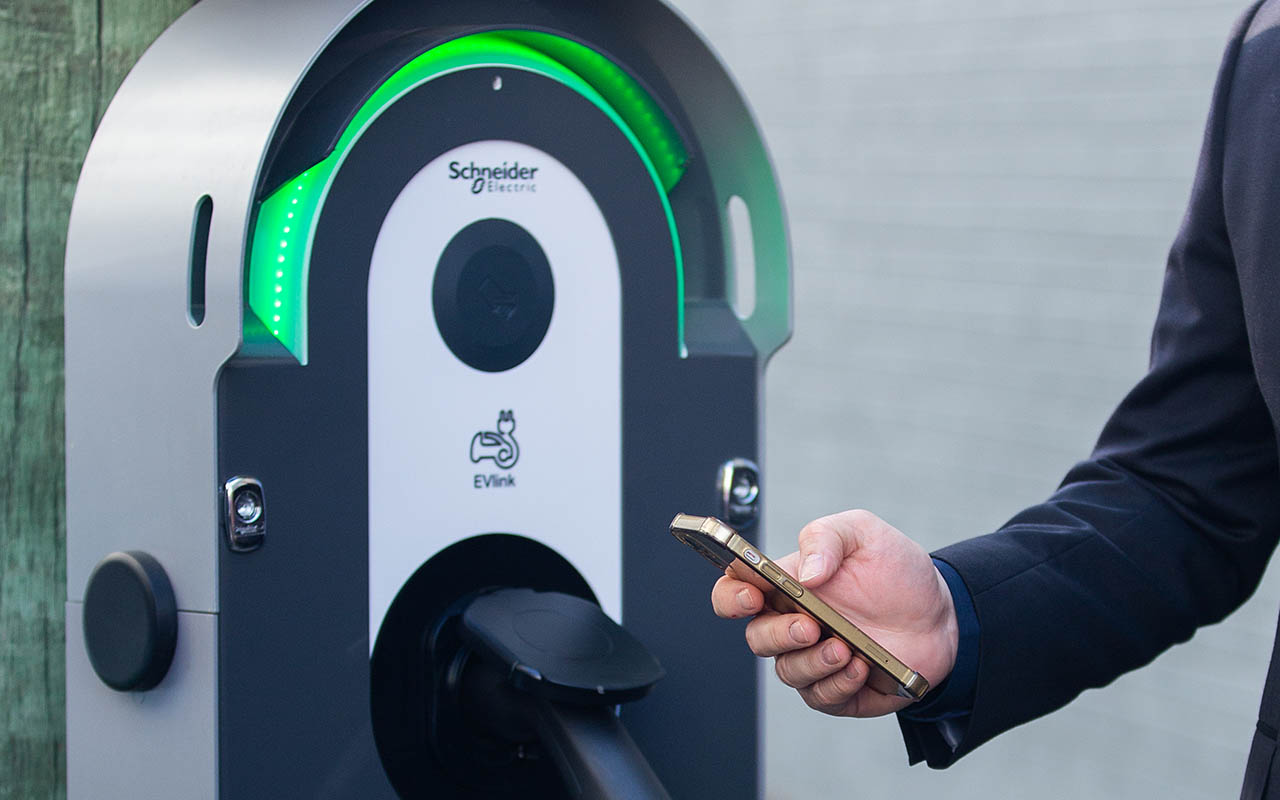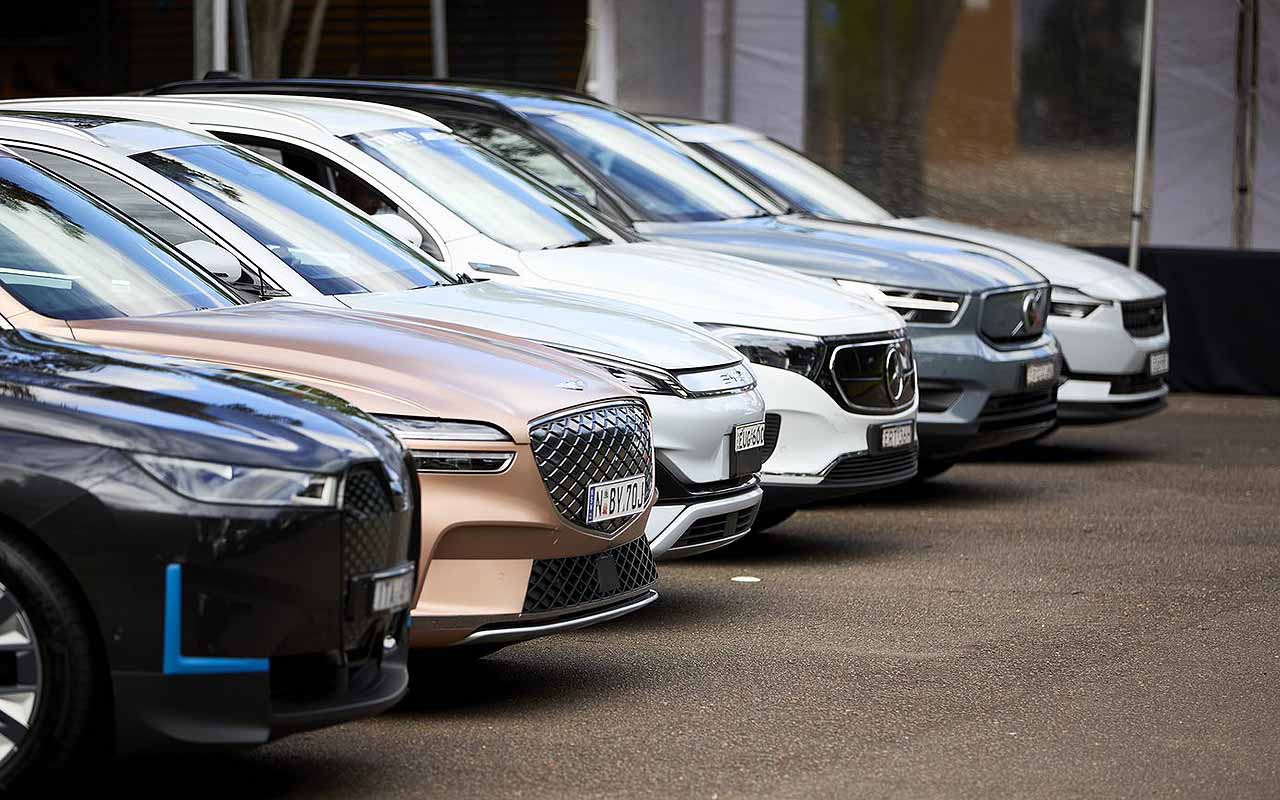What are electric vehicles?
Electric vehicles (EVs) refers to cars or other vehicles with motors that are powered by electricity rather than liquid fuels.
There are currently four main types of EVs:
- Battery electric vehicles (BEVs): fully-electric, meaning they are solely powered by electricity and do not have a petrol, diesel or LPG engine, fuel tank or exhaust pipe. BEVs are also known as ‘plug-in’ EVs as they use an external electrical charging outlet to charge the battery
- Plug-in hybrid electric vehicles (PHEVs): powered by a combination of liquid fuel and electricity. They can be charged with electricity using a plug but also contain an internal combustion engine that uses liquid fuel
- Fuel cell electric vehicles (FCEVs): use a fuel cell instead of a battery, or in combination with a battery or supercapacitor, to power their electric motors. FCEVs are typically fuelled by hydrogen and usually provide greater range than BEVs
- Non-plug-in hybrid EVs (HEVs): instead of using an external plug to charge the vehicle, the electricity generated by the HEV’s braking system is used to recharge the battery. This is called ‘regenerative braking’ and is also used in BEVs, PHEVs and FCEVs.
Electric vehicles in Australia
Electric vehicle uptake in Australia is currently lower than other developed countries but the number of EVs is expected to grow as cheaper models arrive and more charging infrastructure is rolled out.
Alongside the Clean Energy Finance Corporation, we published the Australian Electric Vehicle Market Study Report that explored topics such as the potential uptake of EVs in Australia. According to the report, EVs are expected to match petrol vehicles on both upfront price and range by the mid 2020s. Once EVs reach this price parity with internal combustion engine vehicles, sales of EVs are expected to rapidly increase.
The potential benefits of EVs include:
- Reduced fuel costs
- Lower maintenance costs
- Enhanced energy security
- Reduced air pollution (with associated health benefits)
- An improved driving experience
- Greenhouse gas emissions can be eliminated if EVs are charged using renewable energy.
To date, more than 7 million EVs have been sold worldwide with the pace of sales accelerating rapidly. According to Bloomberg’s Q3 2020 Global Electrified Transport Market Outlook, more than two million EVs were sold in 2019. Bloomberg expects global growth of 7% in 2020.
Explore electric vehicle resources
How are we supporting electric vehicle projects?
Our purpose is to support the global transition to net zero emissions by accelerating the pace of pre-commercial innovation, to the benefit of Australian consumers, businesses and workers. By connecting investment, knowledge and people to deliver energy innovation, we help to build the foundation of a renewable energy ecosystem in Australia.
EV charging can provide benefits to the grid if appropriately managed. If they are charged when there is plentiful cheap solar and wind power they can increase the use of renewable energy, with less need for electricity storage.
Conversely, if EV charging is uncoordinated, additional generation and network investment may be required, increasing total electricity system costs.
Working out how to manage EV charging to best complement an electricity system, increasingly powered by renewables, will require new technologies and business models, as well as coordination between the EV industry, electricity sector – including retailers, networks and market bodies – and government.
While our focus has been on the integration of EVs with the electricity grid in a way that benefits electricity users generally, the Australian Government allocated funding in the 20/21 Federal Budget aimed at addressing barriers to the roll out of new vehicle technologies.
The Driving the Nation Program, launched in February 2021, is helping businesses and regional communities take advantage of opportunities offered by new vehicle technologies across battery electric, hydrogen fuel cell and biofuels.
What do we look for in electric vehicle projects?
- projects to gather EV charging data to inform forecasting and integration efforts of AEMO, network service providers and other relevant parties
- demonstrations of EVs being incorporated into passenger fleets to inform how a fleet of EVs interact with the grid in the Australian context
- managed charging and V2G demonstrations, especially those involving networks and retailers, that gather evidence on different methods and the benefits of managed charging and V2G services for the energy market and end users
- demonstrations of EVs being incorporated into heavy vehicle fleets (trucks and buses) to inform how a fleet of EVs interact with the grid in the Australian context.
What have we done?
We have supported several projects involving EVs and renewable energy, including trials to understand how EVs could provide energy back to the electricity grid when demand is high and supply from renewables is low; and consumer tools and ultra-fast charging infrastructure, which could help to overcome barriers to uptake.
Knowledge sharing
We share knowledge, insights and data from our funded projects to help the renewable energy industry and other projects learn from each other’s experiences.




